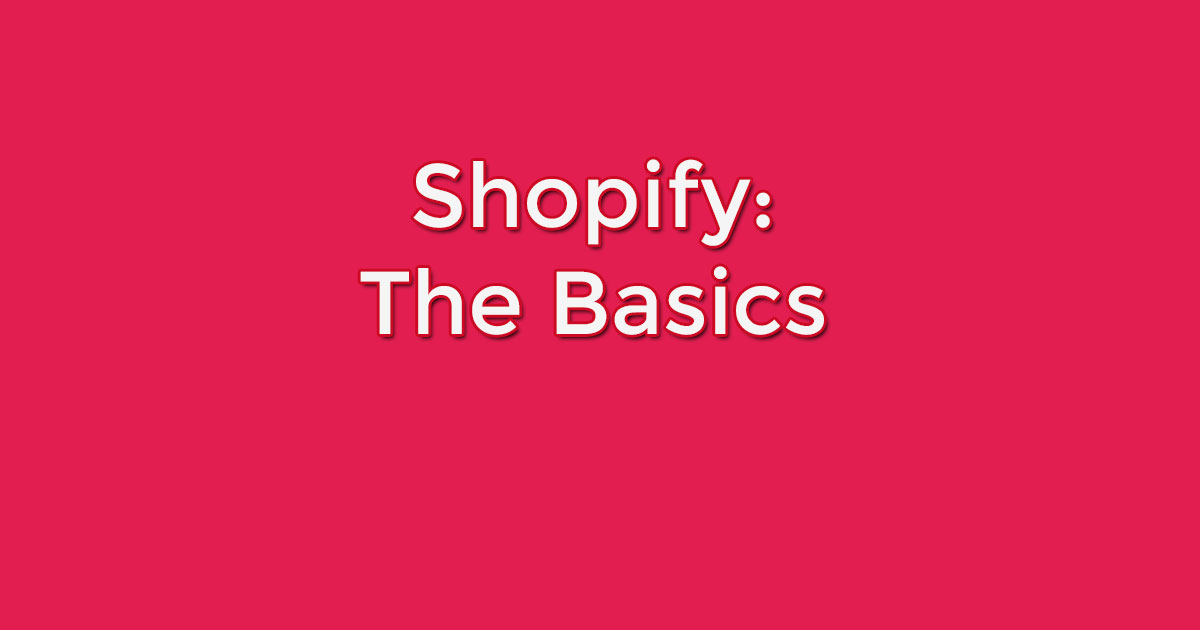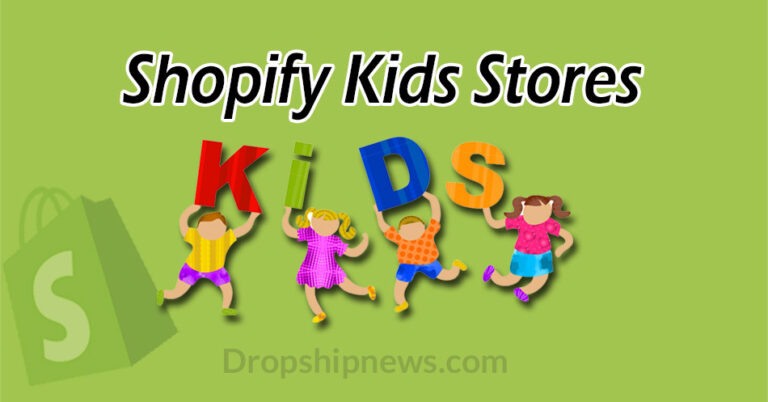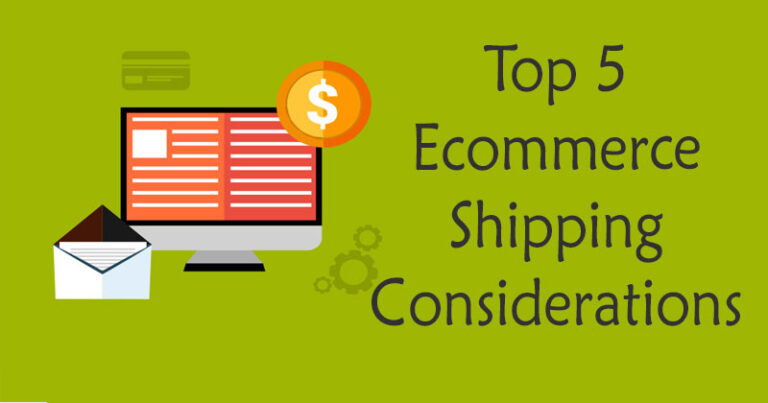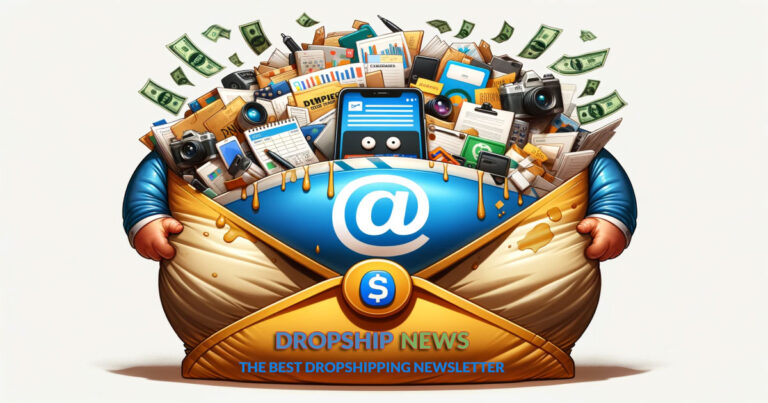Shopify: The Basics!

If you are looking to start your own online business, Shopify is the ultimate e-commerce platform for you. With its simple interface, customizable themes, and powerful tools, you can easily build a dream store and sell your products to customers all around the world. In this article, we’ll show you how to get started with Shopify and create an online store that stands out from the crowd.
Understanding the Shopify Ecosystem: More Than Just a Storefront
Shopify isn’t simply a website builder; it’s a comprehensive e-commerce ecosystem. Think of it as the central hub for your online business, providing the infrastructure for everything from product listings to payment processing and even shipping logistics. Before diving into the setup, it’s crucial to understand the core components that power this system.
- Themes: These are pre-designed templates that dictate the visual appearance of your store. Shopify offers a range of free and paid themes, each with its unique aesthetic and features. Choosing the right theme is critical for creating a positive first impression and reflecting your brand identity.
- Apps: Think of these as plugins that extend the functionality of your store. Need to integrate with a specific marketing platform? There’s likely an app for that. Want to offer subscription services? Ditto. The Shopify App Store is a vast resource, but exercise caution because too many apps can slow down your site’s performance.
- Payment Gateways: Shopify integrates with numerous payment processors, allowing you to accept credit cards, PayPal, and other popular payment methods. Shopify Payments is their in-house solution, often offering competitive rates and simplified setup, but it’s wise to compare options and choose the best fit for your business.
- Shipping Integrations: Seamlessly manage your shipping process with integrations with major carriers like UPS, FedEx, and USPS. Real-time shipping rates, label printing, and order tracking are all streamlined through these integrations.
- Marketing Tools: Shopify provides built-in marketing tools for email marketing, SEO optimization, and social media integration. These tools are essential for driving traffic to your store and converting visitors into paying customers.
Setting Up Your Shopify Store: A Step-by-Step Guide
Now that you understand the landscape, let’s get your store up and running.
- Sign Up and Choose a Plan: Shopify offers various pricing plans, each with different features and transaction fees. Start with a free trial to explore the platform before committing to a paid plan. Consider your business needs and budget when selecting a plan. As your business grows, you can always upgrade to a more robust plan.
- Select a Theme: Browse the Shopify Theme Store and choose a theme that aligns with your brand and product offerings. Consider factors like responsiveness (mobile-friendliness), customization options, and loading speed. A visually appealing and user-friendly theme is crucial for attracting and retaining customers.
- Add Products: This is where you showcase your inventory. Write compelling product descriptions, upload high-quality images, and set competitive prices. Organize your products into categories for easy navigation. Pay close attention to SEO optimization – use relevant keywords in your product titles and descriptions to improve search engine rankings.
- Configure Payment and Shipping Settings: Connect your preferred payment gateway and set up shipping options. Offer a variety of shipping methods and rates to cater to different customer preferences. Consider offering free shipping for orders above a certain threshold to incentivize purchases.
- Customize Your Store: Add your logo, write compelling “About Us” and “Contact Us” pages, and set up essential policies (e.g., return policy, privacy policy). Create a cohesive brand experience across all touchpoints.
- Launch Your Store: Once you’re satisfied with your setup, it’s time to go live! Double-check all settings and perform a test transaction to ensure everything is working correctly.
Optimizing for Success: Beyond the Basics
Launching your store is just the first step. Sustained success requires ongoing optimization and adaptation.
- Data-Driven Decisions: Leverage Shopify’s analytics dashboard to track key metrics like website traffic, conversion rates, and average order value. Use this data to identify areas for improvement and make informed decisions.
- A/B Testing: Experiment with different elements of your store (e.g., product descriptions, pricing, calls to action) to see what resonates best with your audience.
- Customer Service Excellence: Provide exceptional customer service to build loyalty and generate positive reviews. Respond promptly to inquiries and resolve issues efficiently.
- Stay Updated: The e-commerce landscape is constantly evolving. Stay informed about the latest trends and best practices to maintain a competitive edge.
The Dropshipping Angle: Is Shopify Right for You?
Shopify is a popular platform for dropshipping businesses. Its ease of use, app ecosystem (especially for sourcing products), and robust platform make it a solid choice. However, success in dropshipping requires careful product selection, reliable suppliers, and a strong marketing strategy. Be aware of the potential challenges associated with dropshipping, such as longer shipping times and potential quality control issues.
Conclusion: Shopify, A Powerful Tool in the Right Hands
Shopify provides a comprehensive toolkit for building and managing an online store. While the platform is user-friendly, success requires a strategic approach, continuous learning, and a commitment to providing value to your customers. By understanding the basics and embracing a data-driven mindset, you can leverage Shopify to create a thriving online business.





